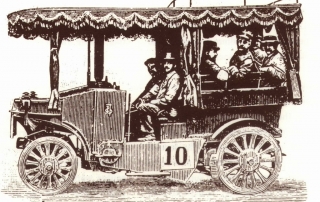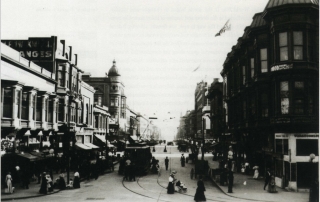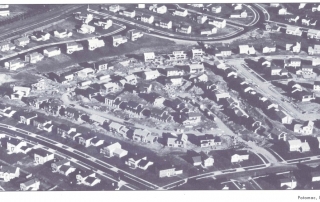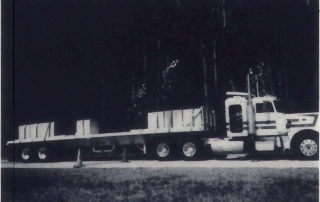The Marriage of Auto and Transit: How To Make Transit Popular Again
Melvin M. Webber
They've made it possible for most of us to leave the old urban centers and move into decent houses in the spacious suburbs. They permit most of us to live where we choose and then to accept jobs located at any compass point from our homes. We're free to go wherever we wish and whenever we wish, freed from the rigid schedules of common carriers.




